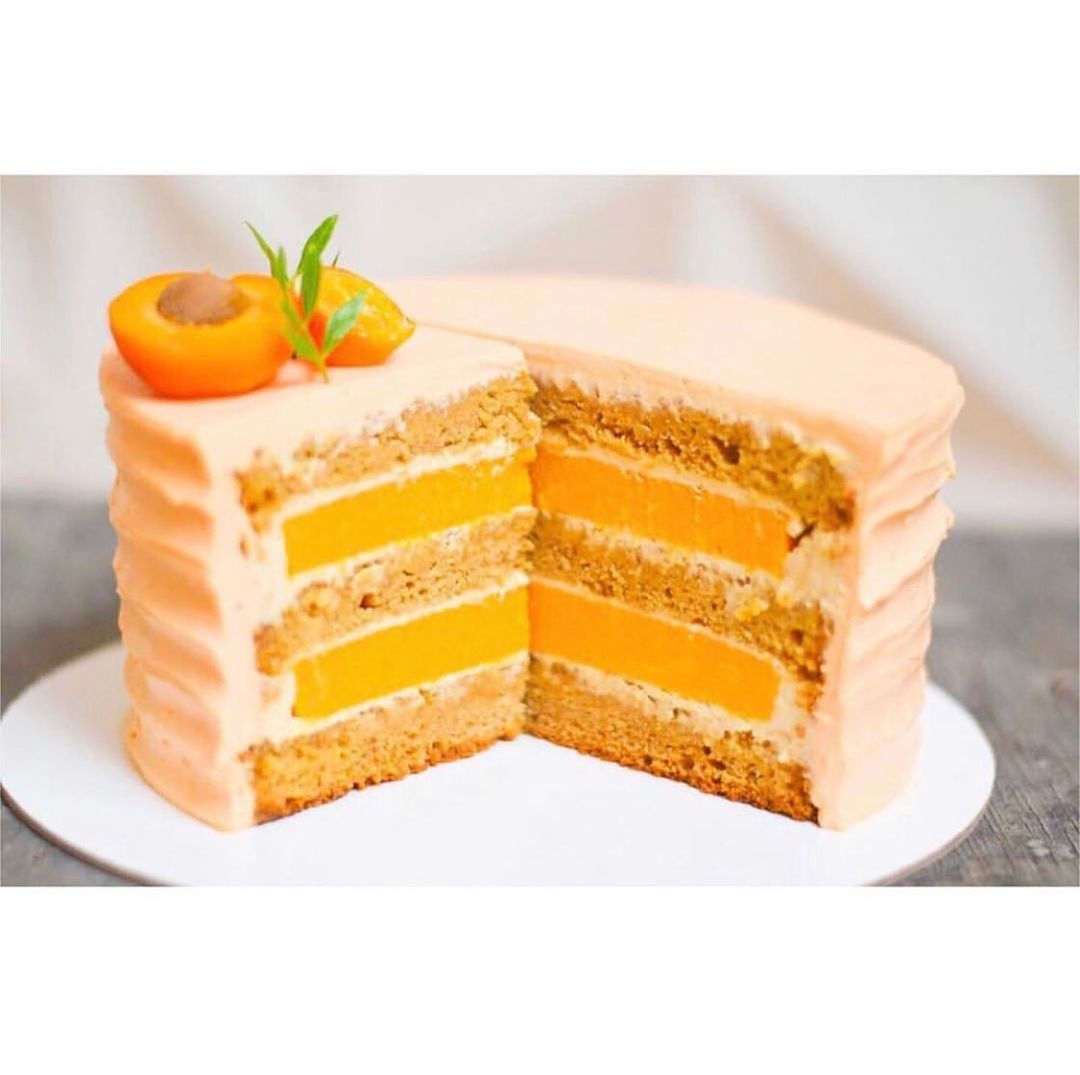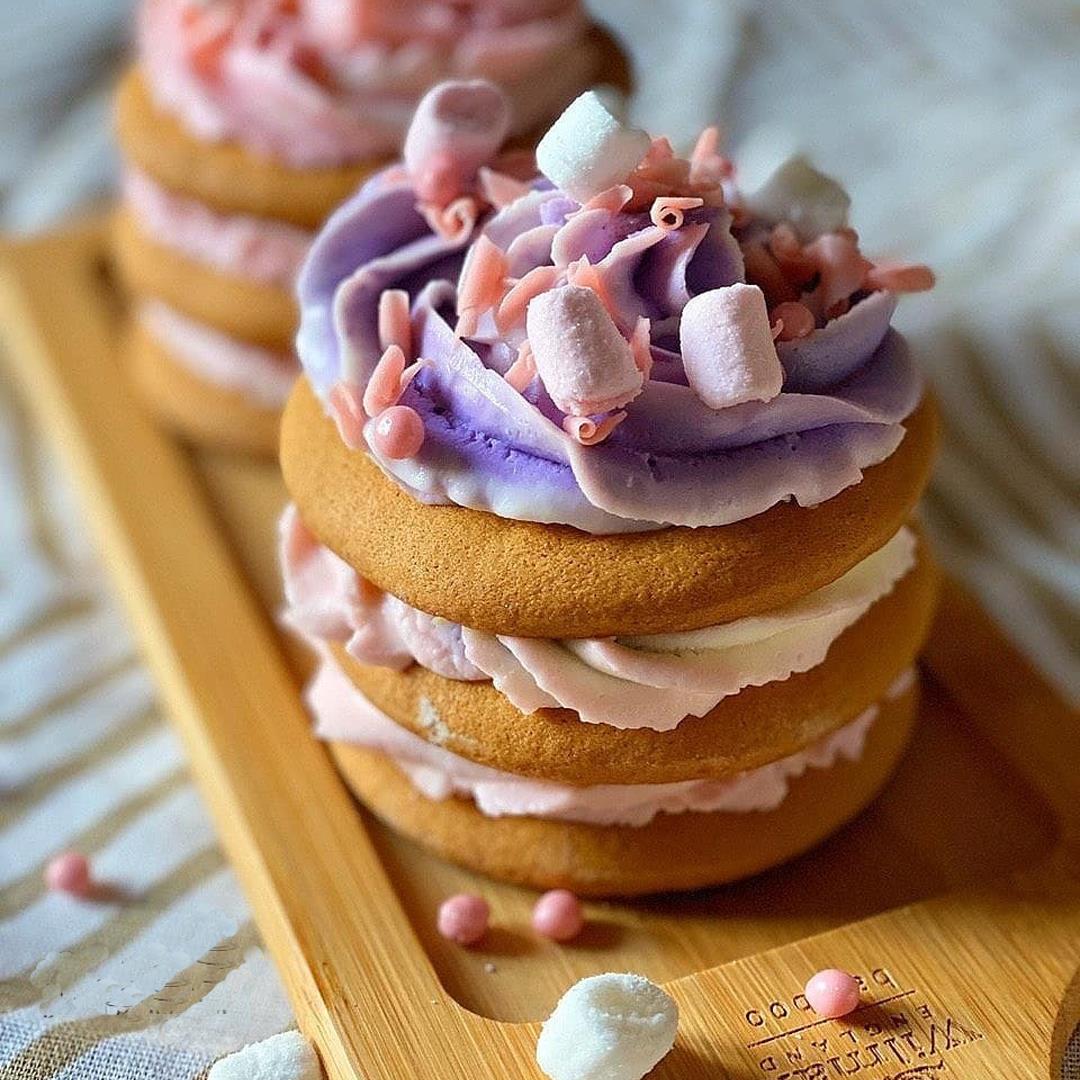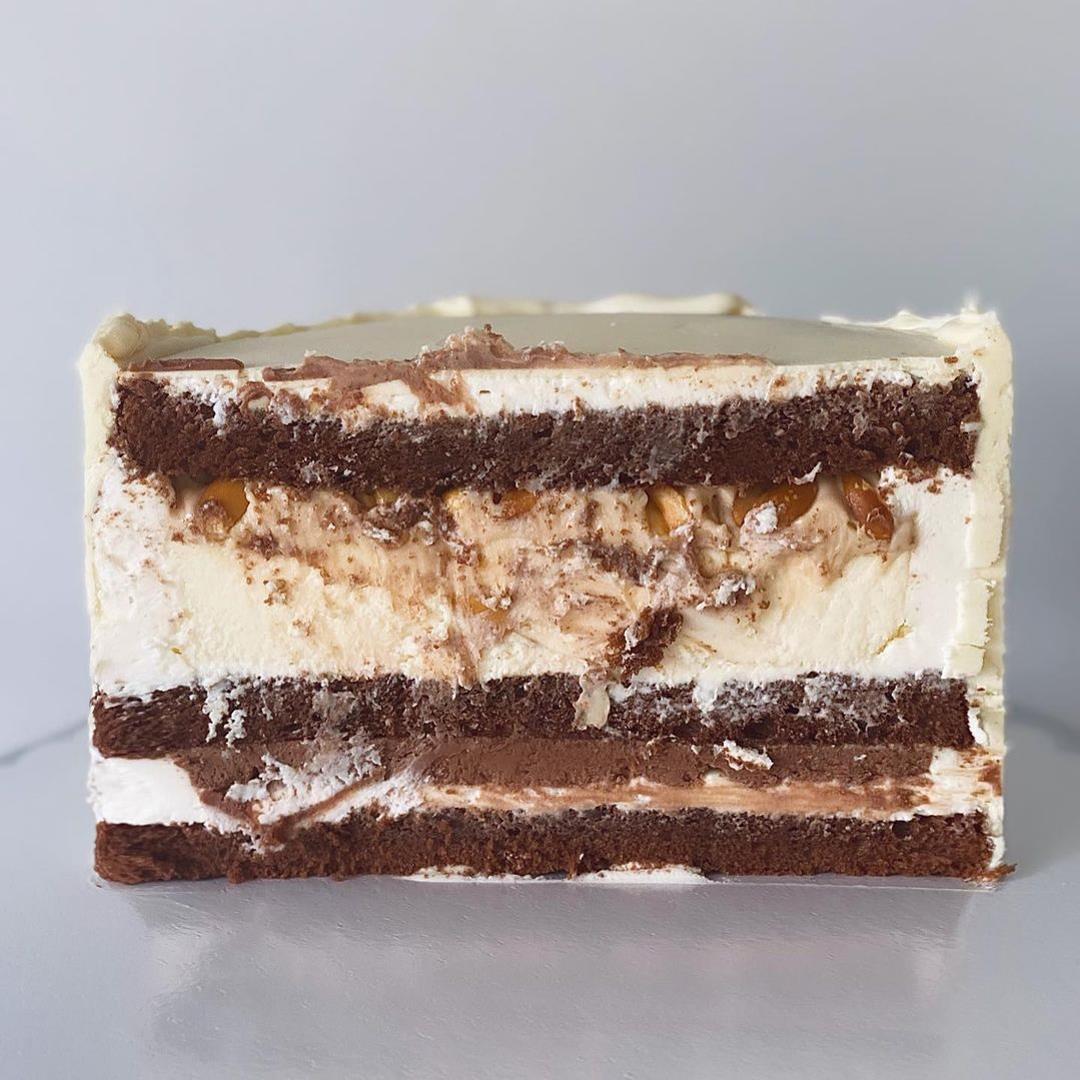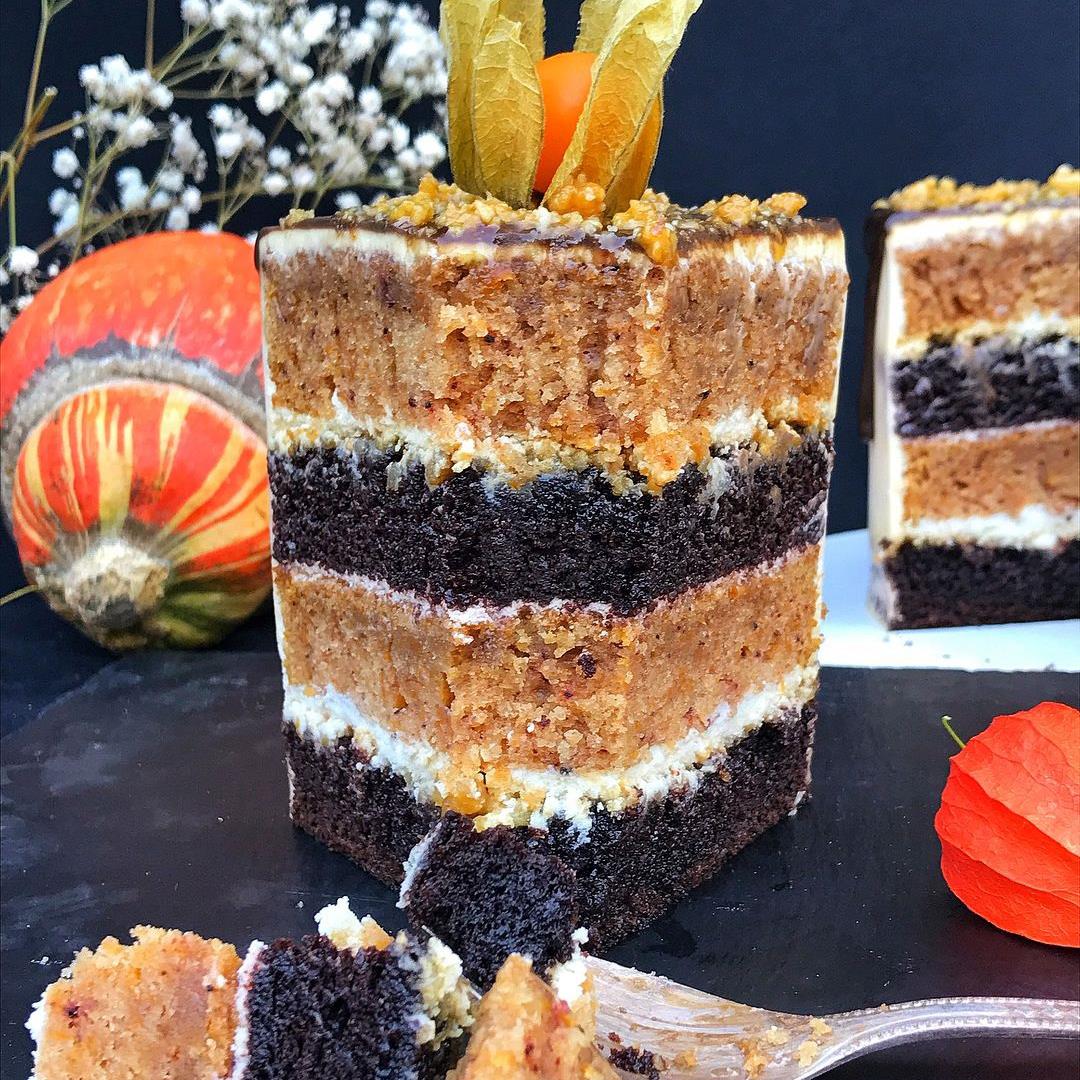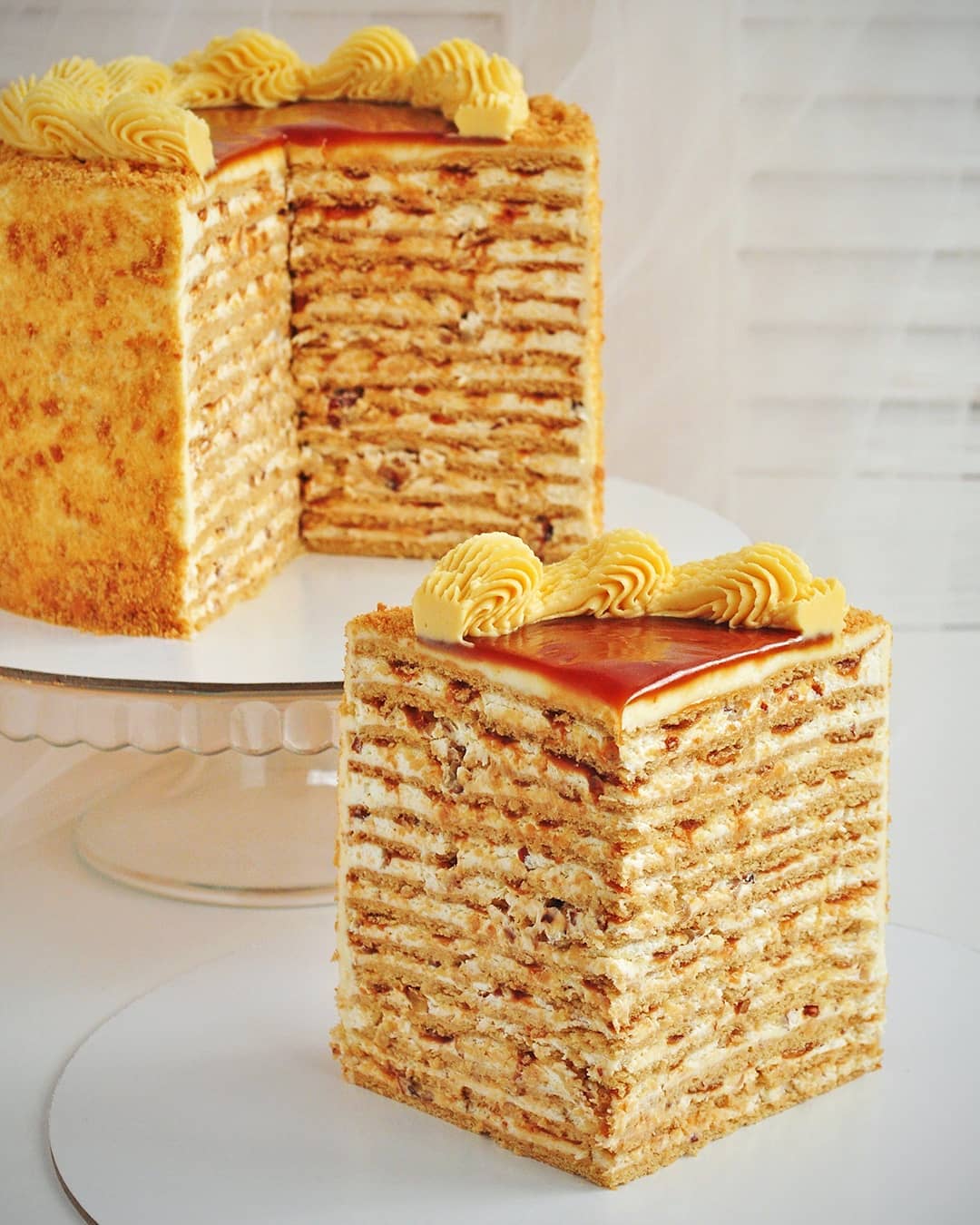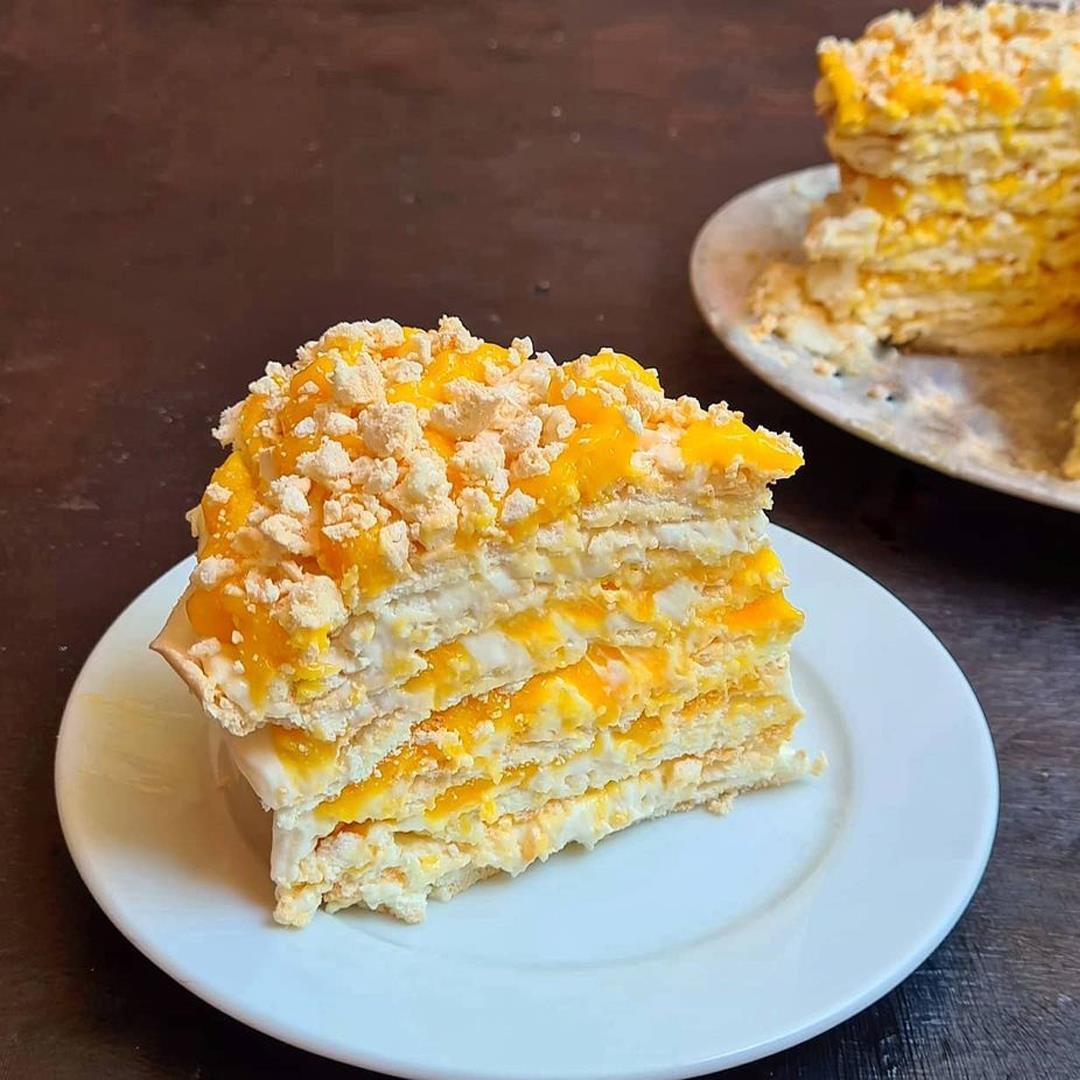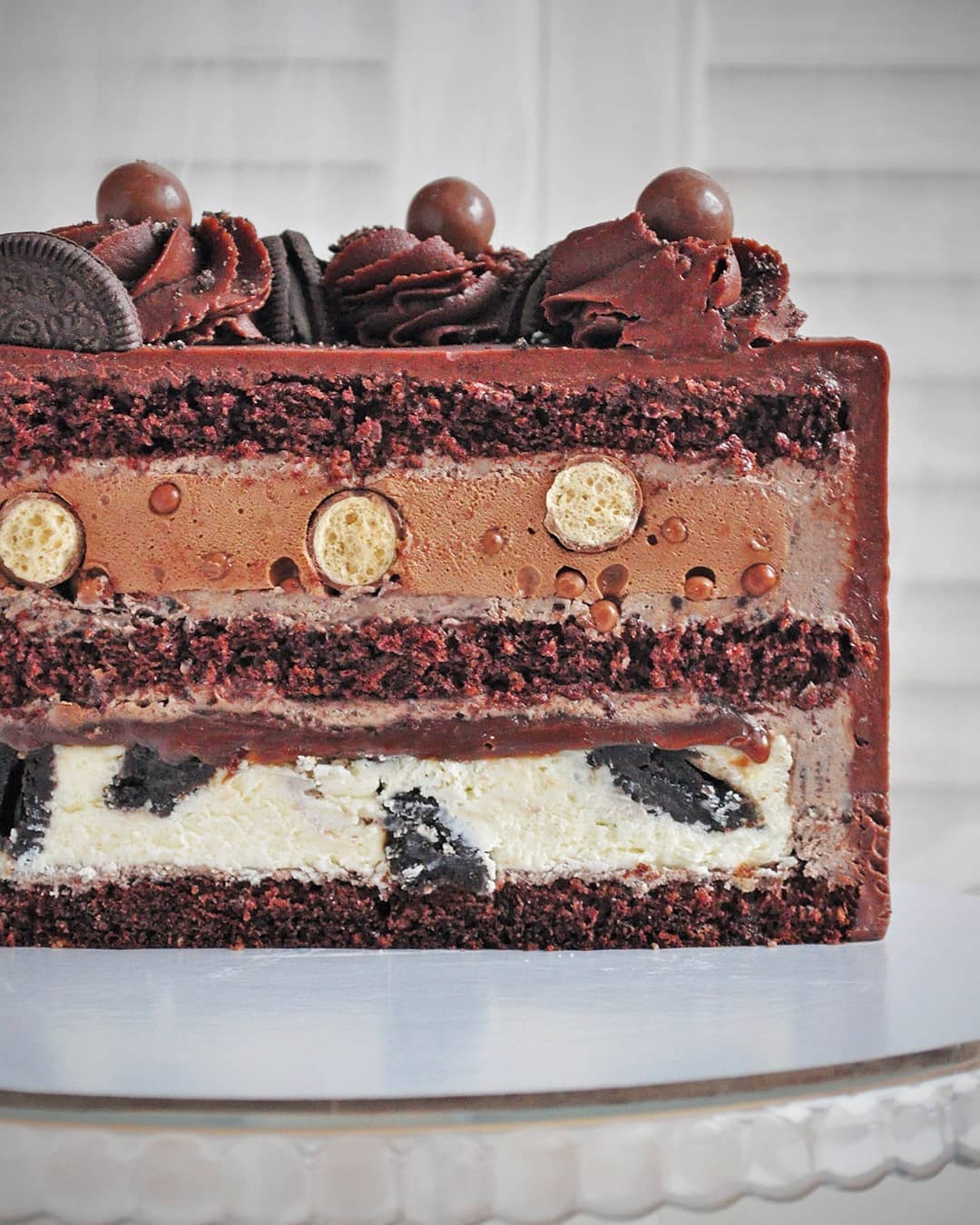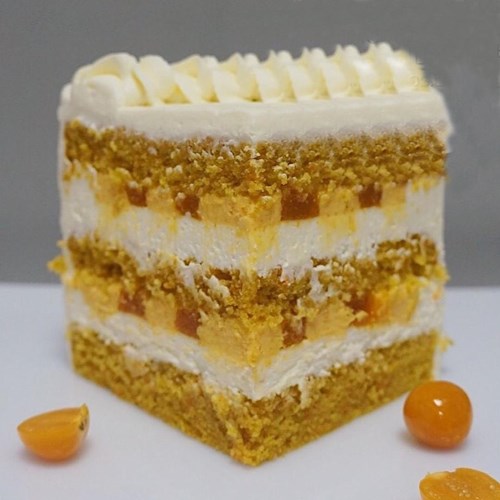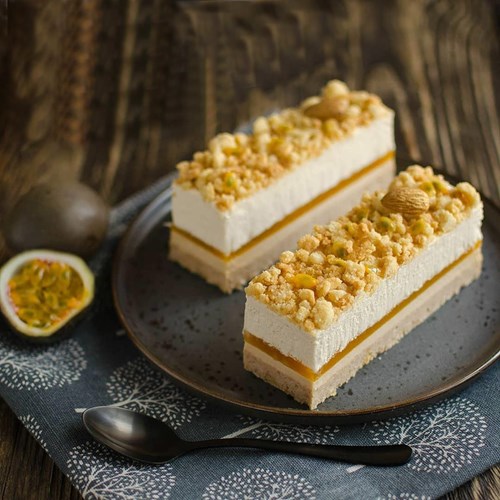Ingredients
Salted caramel
Sponge biscuit (16 cm | 6.3 inch)
Soaking
Caramel crème
Custard
Finishing crème
Instructions
Step 1
Step 2
Step 3
Step 4
Step 5
Step 6
Step 7
Step 8
Step 9
Step 10
Step 11
Step 12
Step 13
Step 14
Step 15
Step 16
Servings
Now that you've created this luscious caramel pastry, it's time to think about presentation. Picture this: a beautiful cake stand showcasing your dessert centerpiece, inviting everyone to indulge.
For a truly unforgettable experience, serve each slice with a dollop of freshly whipped cream sprinkled with a hint of sea salt. The contrast between the sweet and salty will elevate your dessert to a whole new level.
Want to add a splash of color? Serve with fresh berries like raspberries or strawberries to complement the tangy sea buckthorn flavor. Not only will it look stunning, but it will also add a delightful burst of freshness.
If you're feeling a bit more creative, drizzle some extra caramel sauce over each slice just before serving. It’s a little touch that makes a big difference, adding both visual appeal and that extra caramel kick that no one can resist.
Equipment
This type of saucepan helps distribute heat evenly, which is crucial when making caramel to avoid burning. Don't forget to use a wooden or heat-resistant silicone spatula for stirring.
An electric mixer will save you time and ensure your dough and creams are well combined. Be cautious not to over-mix your dough to maintain a light, fluffy texture.
Opt for a high-quality, non-stick ring mold to ensure your biscuit layers come out perfectly shaped and easy to handle.
Essential for even baking and easy cleanup, a silicone mat ensures your biscuit does not stick to the baking sheet.
Use cling film to cover your confectionery ring mold, keeping your custard and cake layers firm and stable during chilling.
Variations
To make this recipe gluten-free, simply substitute the regular flour with a high-quality gluten-free flour blend, ensuring you use one that's recommended for baking to achieve the best texture.
For a vegan version, replace the dairy-based cream and butter with coconut cream and vegan butter, respectively. Use a plant-based cream cheese and mascarpone alternative – many brands offer coconut or almond milk versions that work perfectly in dessert recipes.
Faq
- Why did my caramel turn grainy?
If your caramel turns grainy, it means the sugar has crystallized. This can happen if you stir the sugar-water mixture or if there's any impurity in your sugar. Try again using clean, high-quality sugar and avoid stirring during the initial boiling phase.
- Can I make the biscuit layers ahead of time?
Yes, you can make the biscuit layers a day in advance. Just make sure to wrap them tightly in plastic wrap and store them at room temperature to maintain moisture.
- How do I know when my caramel is the right color?
The caramel should be an amber color. Watch it closely, as it can change quickly from perfect to burnt. It's safest to remove it from heat as soon as it reaches a rich amber shade.
- What can I use as a substitute for sea buckthorn puree?
If you can't find sea buckthorn puree, you can use a tart fruit puree like passionfruit or even a mixture of lemon and orange to achieve a similar tangy effect.
- How can I prevent the cake from becoming too dense?
Make sure not to over-mix your batter. Over-mixing can activate the gluten in flour, leading to a denser cake. Aim for a smooth consistency, but be quick and gentle.
- What is the best way to store this cake?
This cake is best stored in the fridge due to the cream and mascarpone. Make sure it's covered properly to prevent it from drying out. It should stay fresh for up to 3 days.

